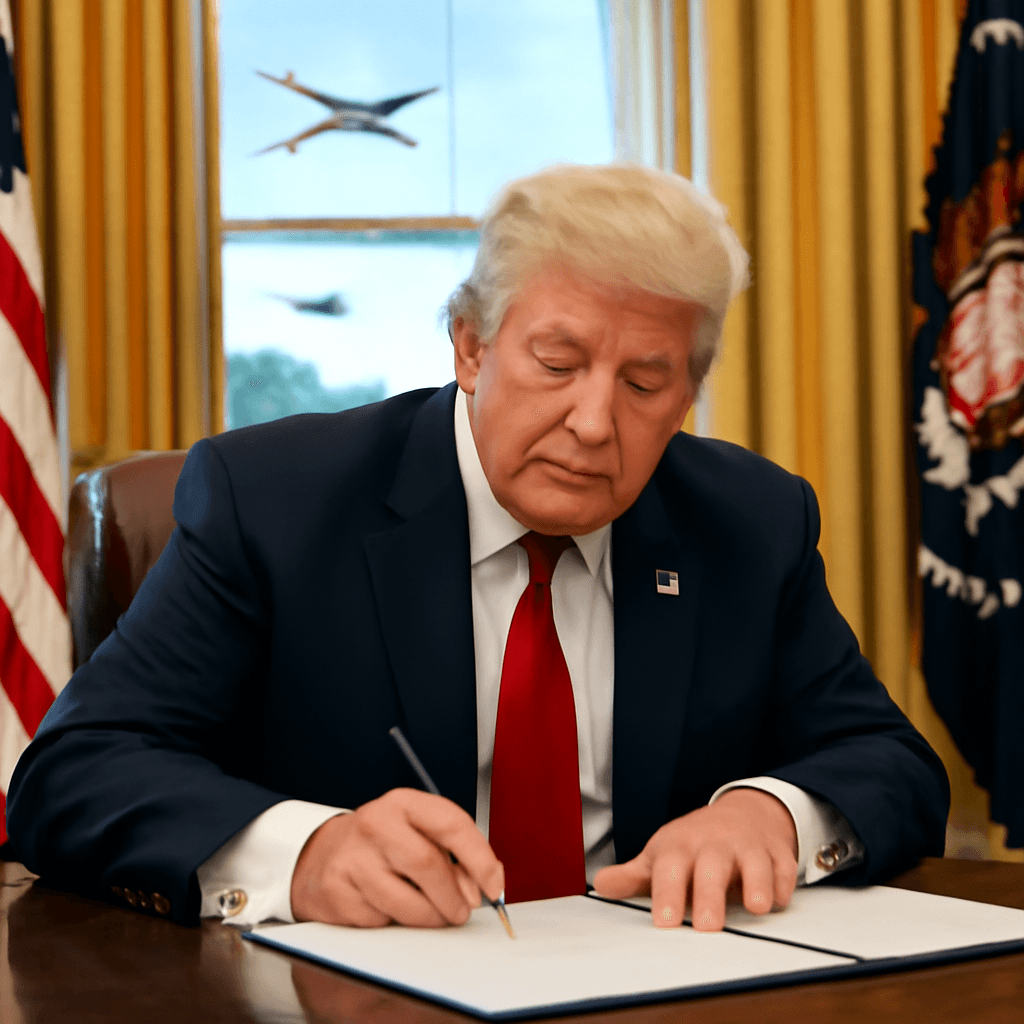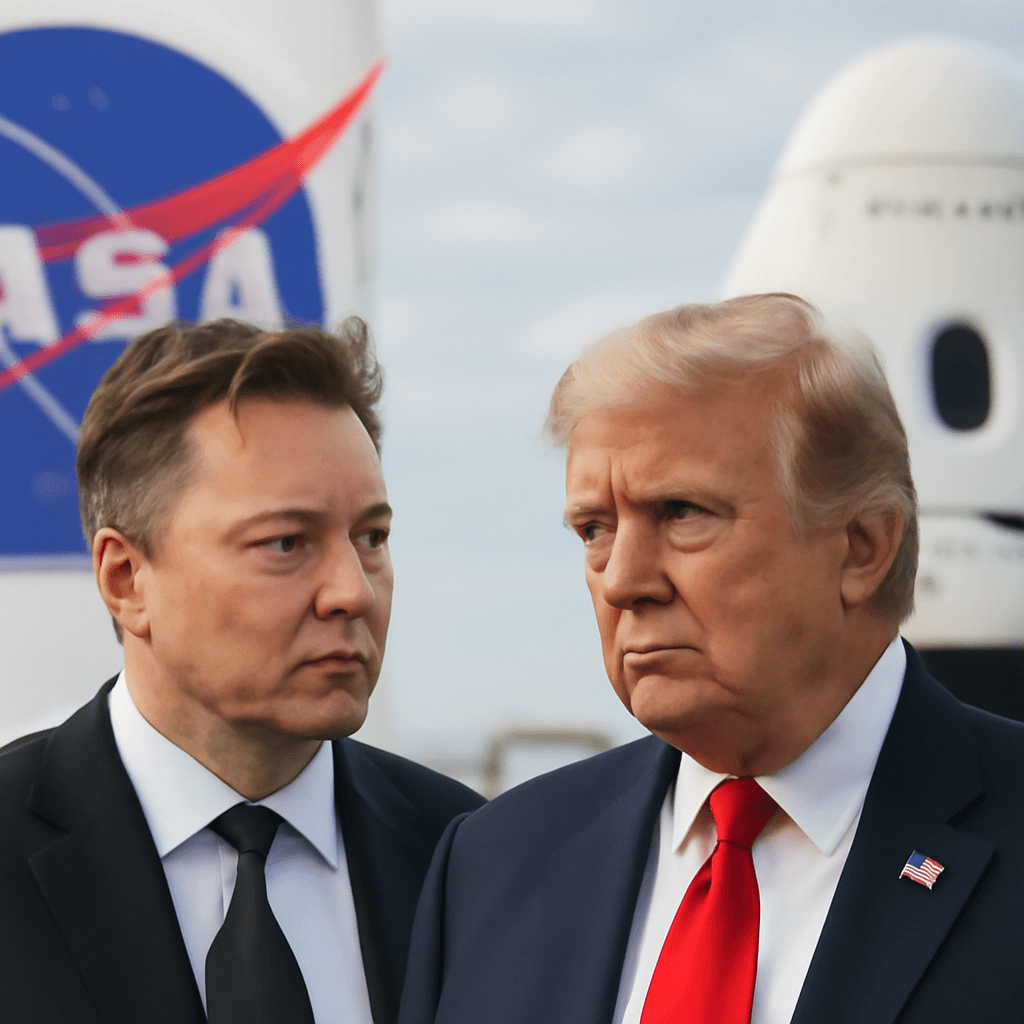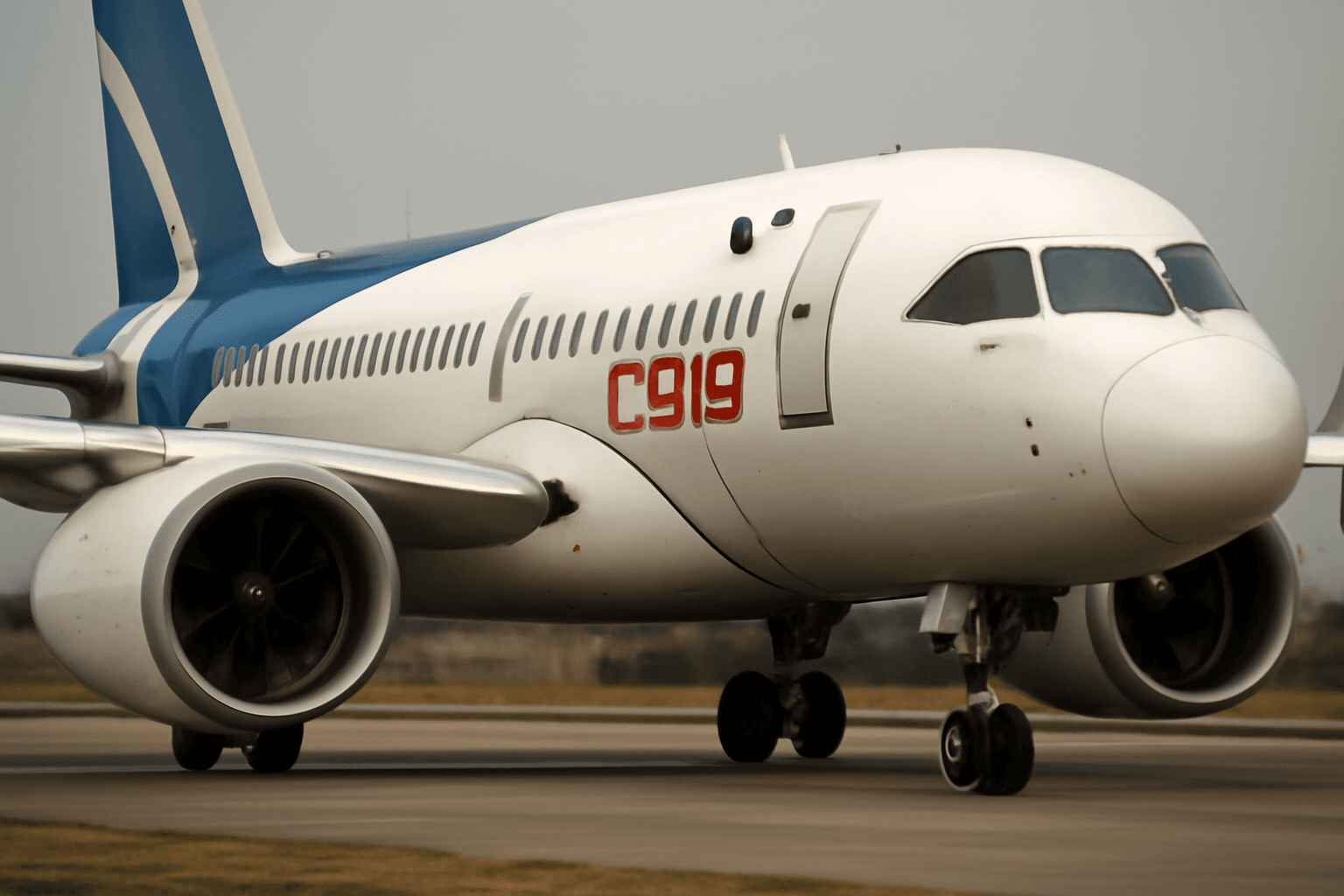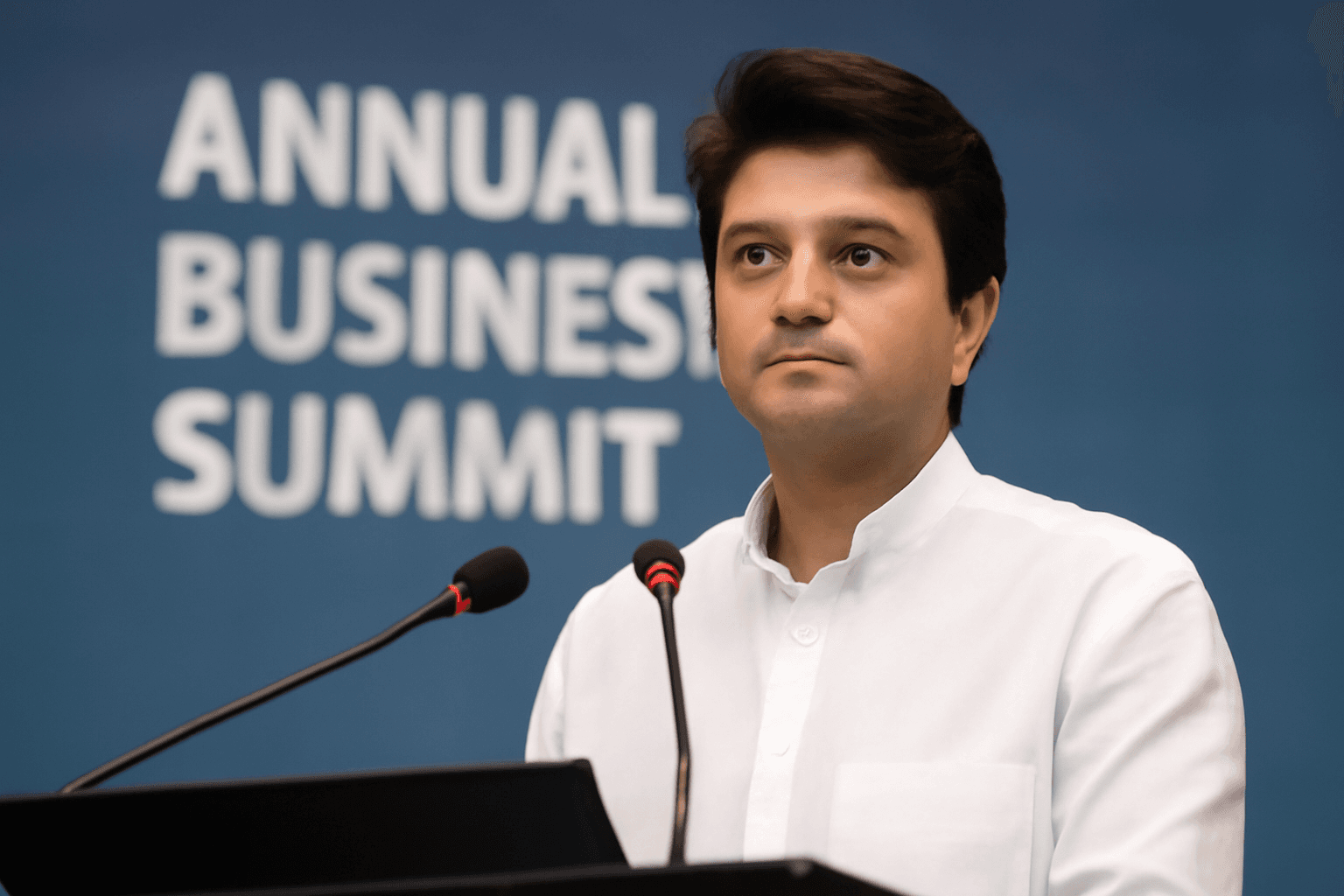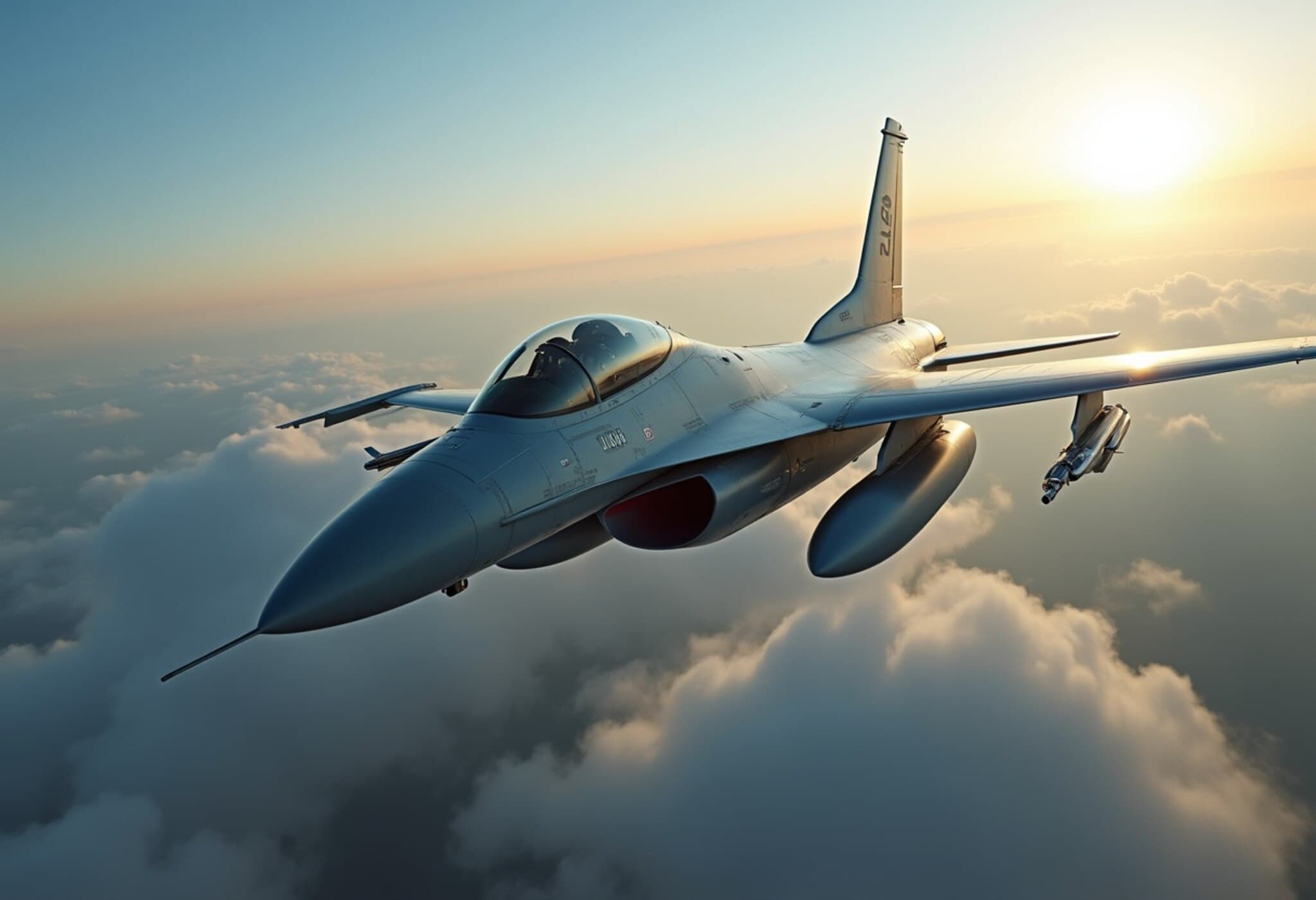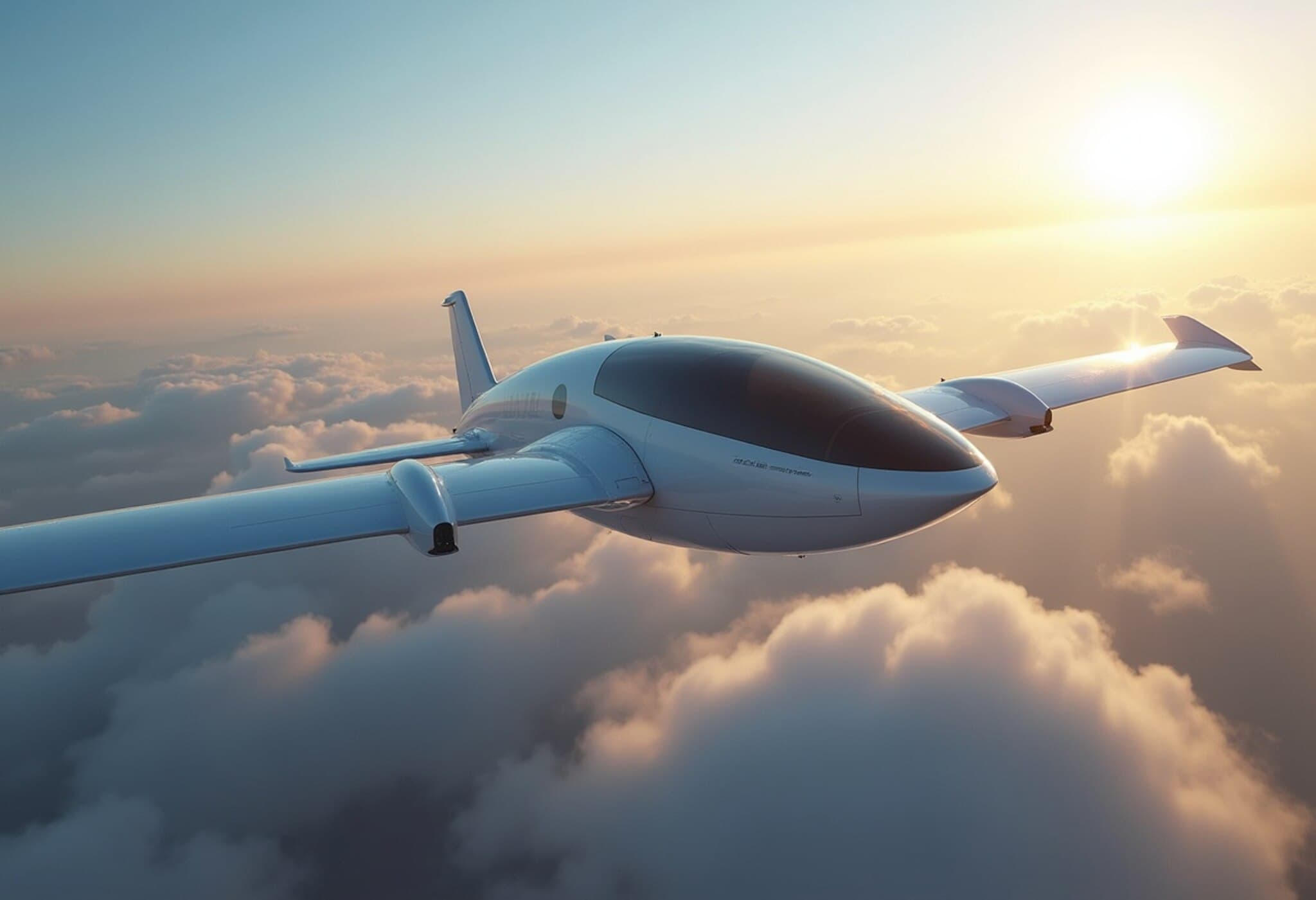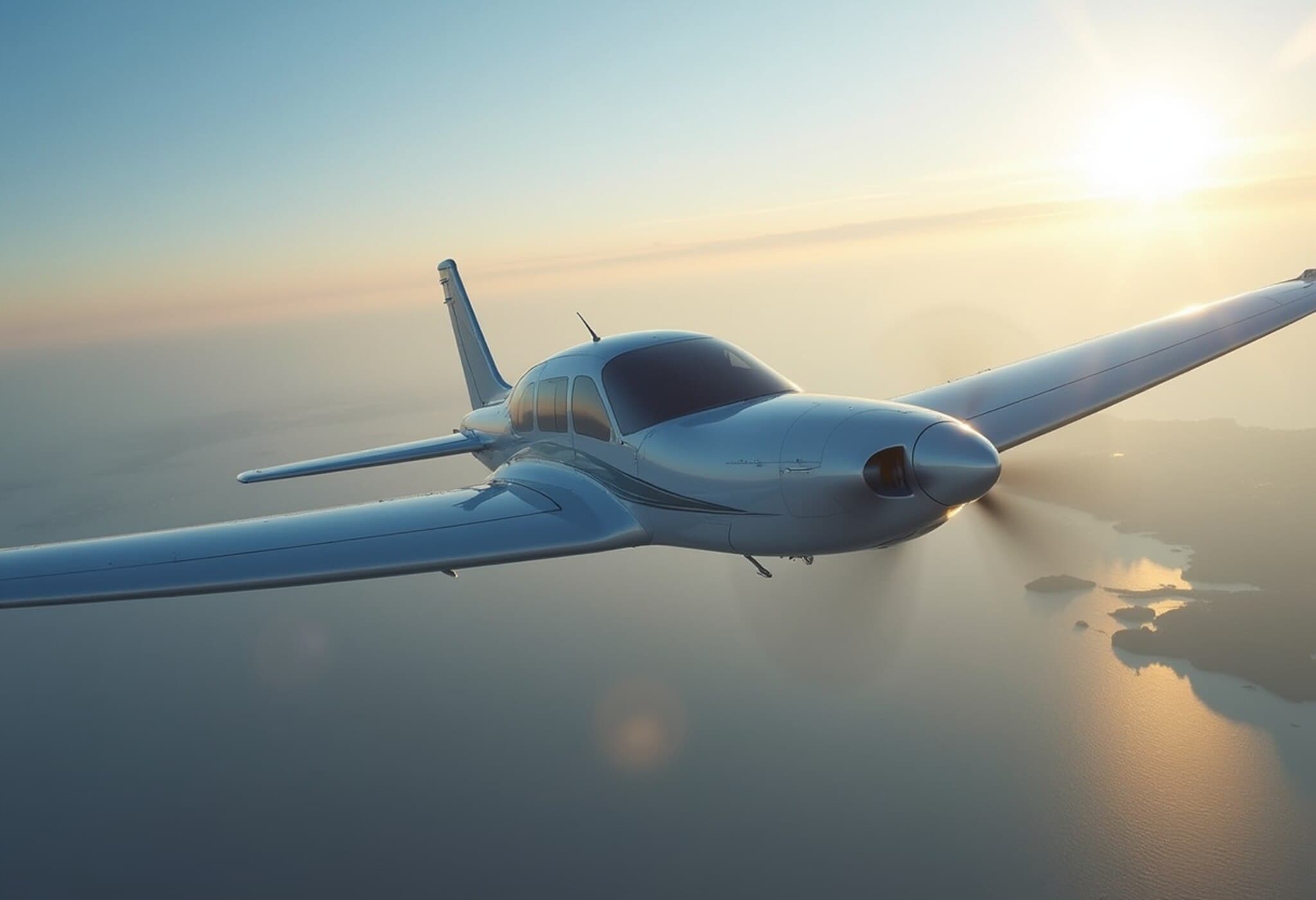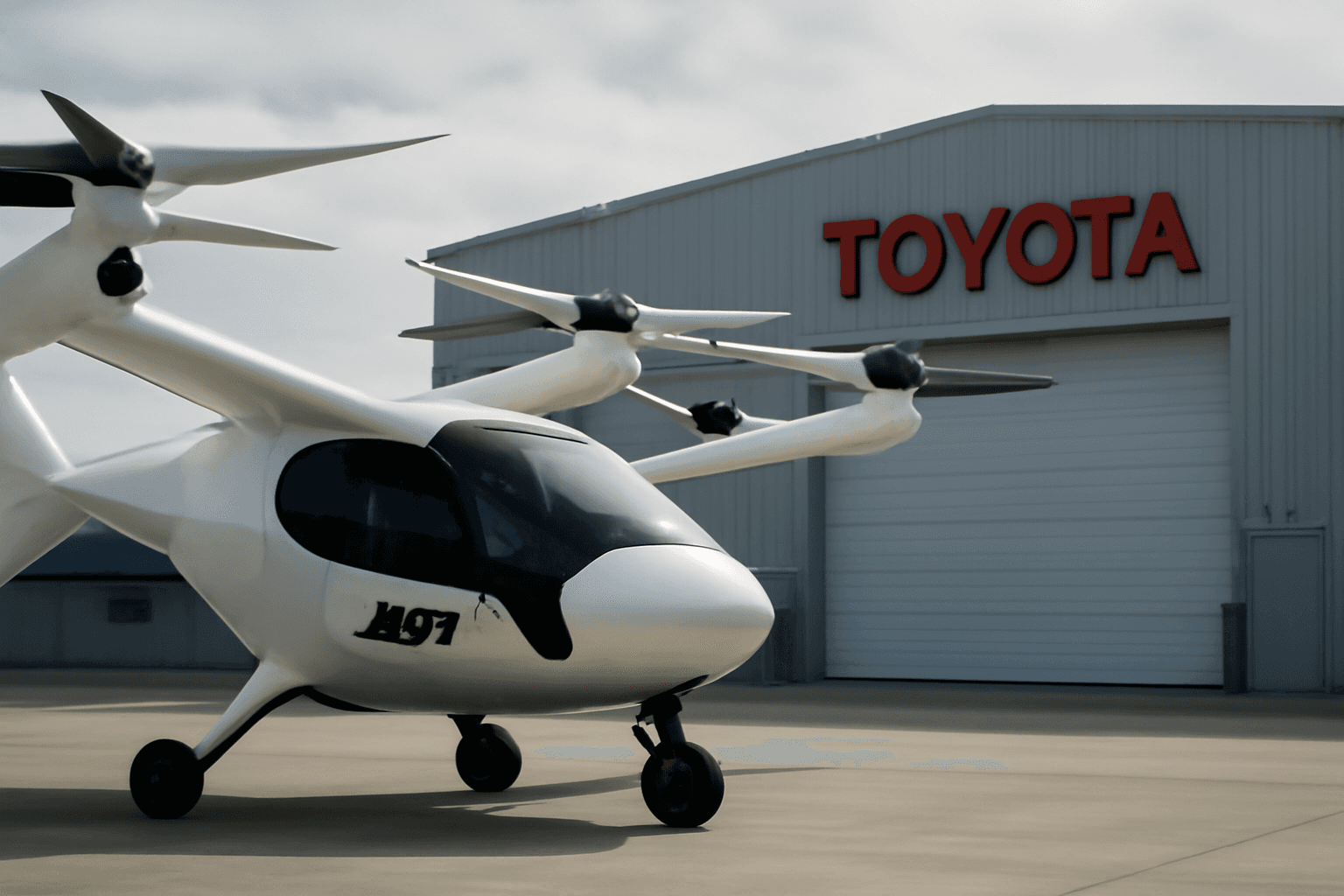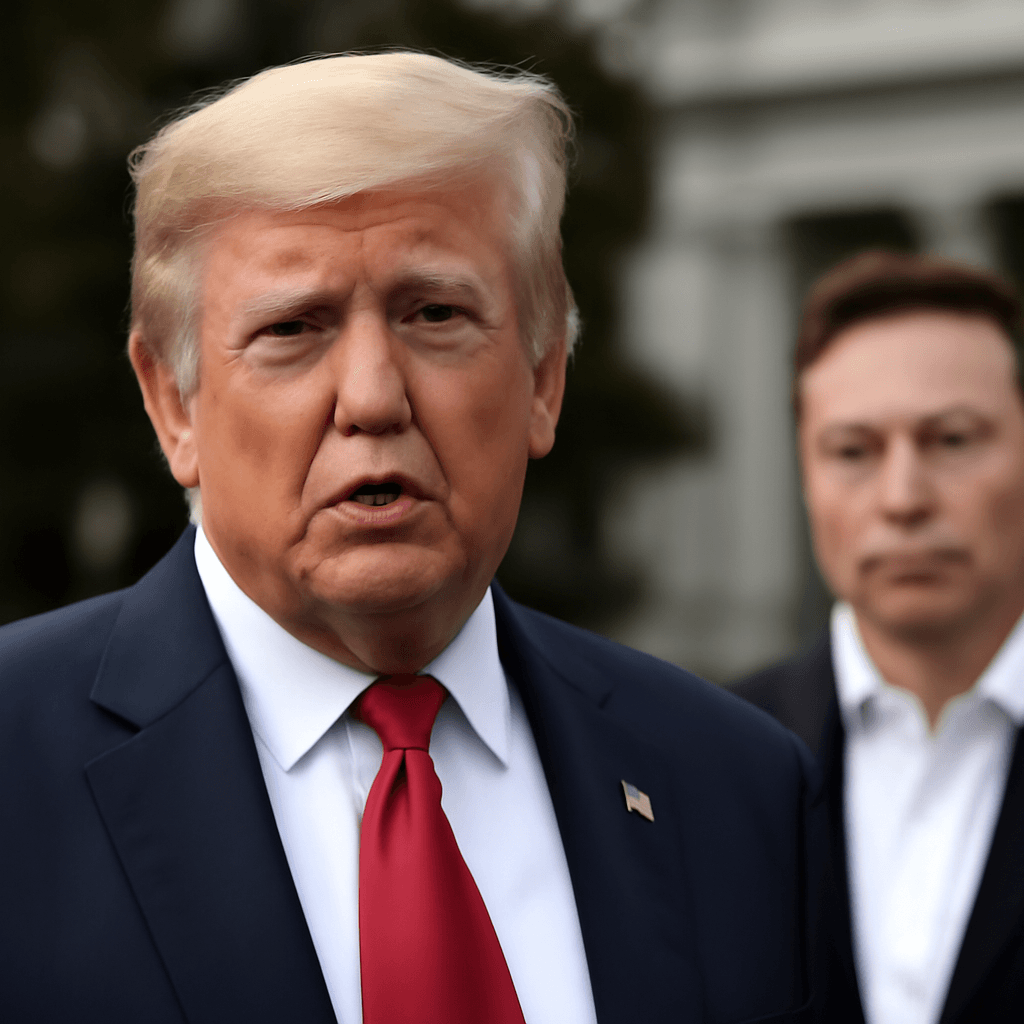Introduction
In a significant move to advance aerospace innovation and national security, President Donald Trump signed executive orders aimed at strengthening the United States’ drone defenses and promoting supersonic commercial flight. These directives focus on enhancing drone regulation, supporting emerging electric air taxis, and lifting longstanding restrictions on supersonic travel over land.
Strengthening Drone Security Measures
The administration has prioritized securing American airspace against potential threats posed by drones. Key actions include:
- Enabling routine operations of drones beyond the visual line of sight, facilitating commercial drone deliveries.
- Reducing dependency on foreign drone technology, particularly from Chinese manufacturers.
- Establishing a federal task force to oversee airspace control and enhance detection technologies.
- Expanding restrictions near sensitive sites and improving support for state and local enforcement agencies against unauthorized drone activity.
Officials emphasized the importance of countering criminal, terrorist, and foreign misuse of drones, especially given the challenges witnessed during major events and international conflicts.
Addressing Emerging Threats
Recent incidents, including numerous drone sightings near airports and major sporting venues, have disrupted operations and raised alarms. The Federal Aviation Administration (FAA) reportedly receives over 100 drone-sighting reports monthly near airports alone. The new orders aim to boost counter-drone capabilities and ensure strict enforcement of existing laws to deter malicious or negligent drone usage.
Reviving Supersonic Air Travel
One of the notable aspects of these orders is the directive for the FAA to repeal the 1973 ban on supersonic flights over land. This policy shift is intended to:
- Allow Americans to experience significantly reduced flight times, such as traveling from New York to Los Angeles in under four hours.
- Leverage advancements in aerospace engineering, material science, and noise reduction to enable safe, sustainable, and commercially viable supersonic air travel.
This change paves the way for the growth of supersonic commercial aircraft and high-speed electric vertical takeoff and landing (eVTOL) technologies like air taxis.
Implications for the Drone Industry
While these orders do not impose outright bans on Chinese drone companies, they reflect ongoing efforts to mitigate reliance on foreign-made drones. The drone market in the US is largely dominated by manufacturers such as DJI, which accounts for over half of commercial drone sales. Prior legislative actions have already considered restrictions on sales of certain foreign drone models within the US.
Conclusion
These executive orders mark a strategic effort to modernize US aerospace capabilities while addressing evolving security threats. By fostering innovation in supersonic travel and controlling unmanned aerial systems, the government aims to maintain American leadership in aviation technology and enhance national safety.

